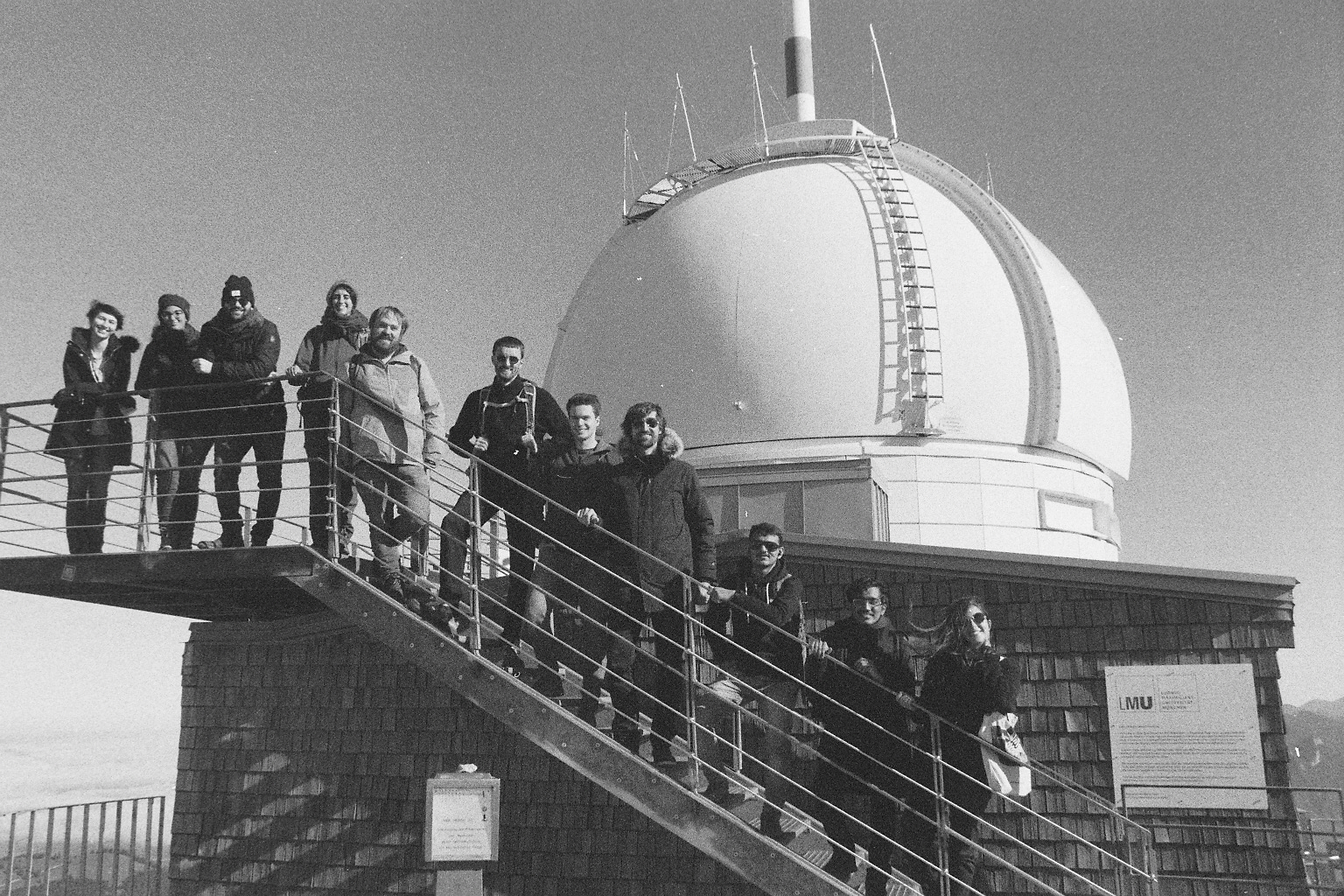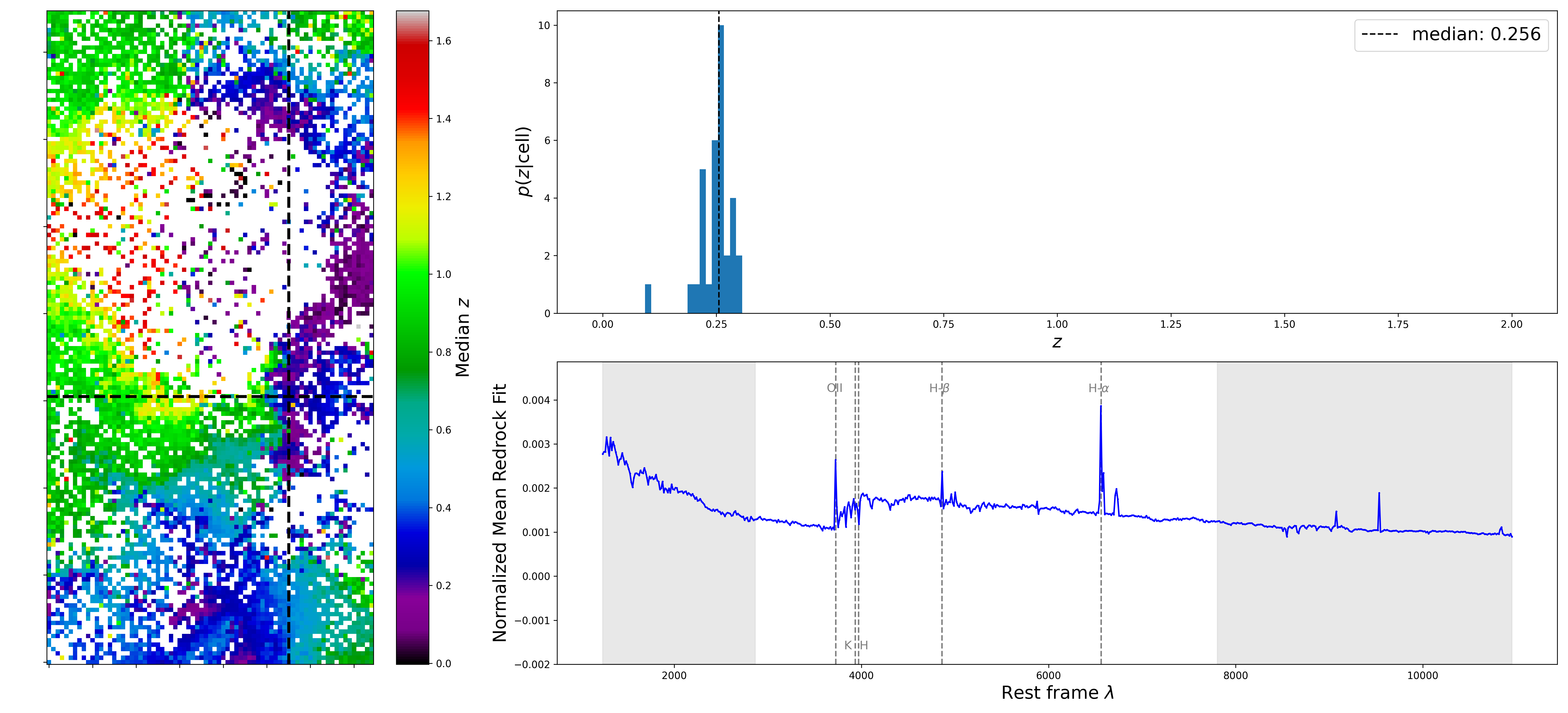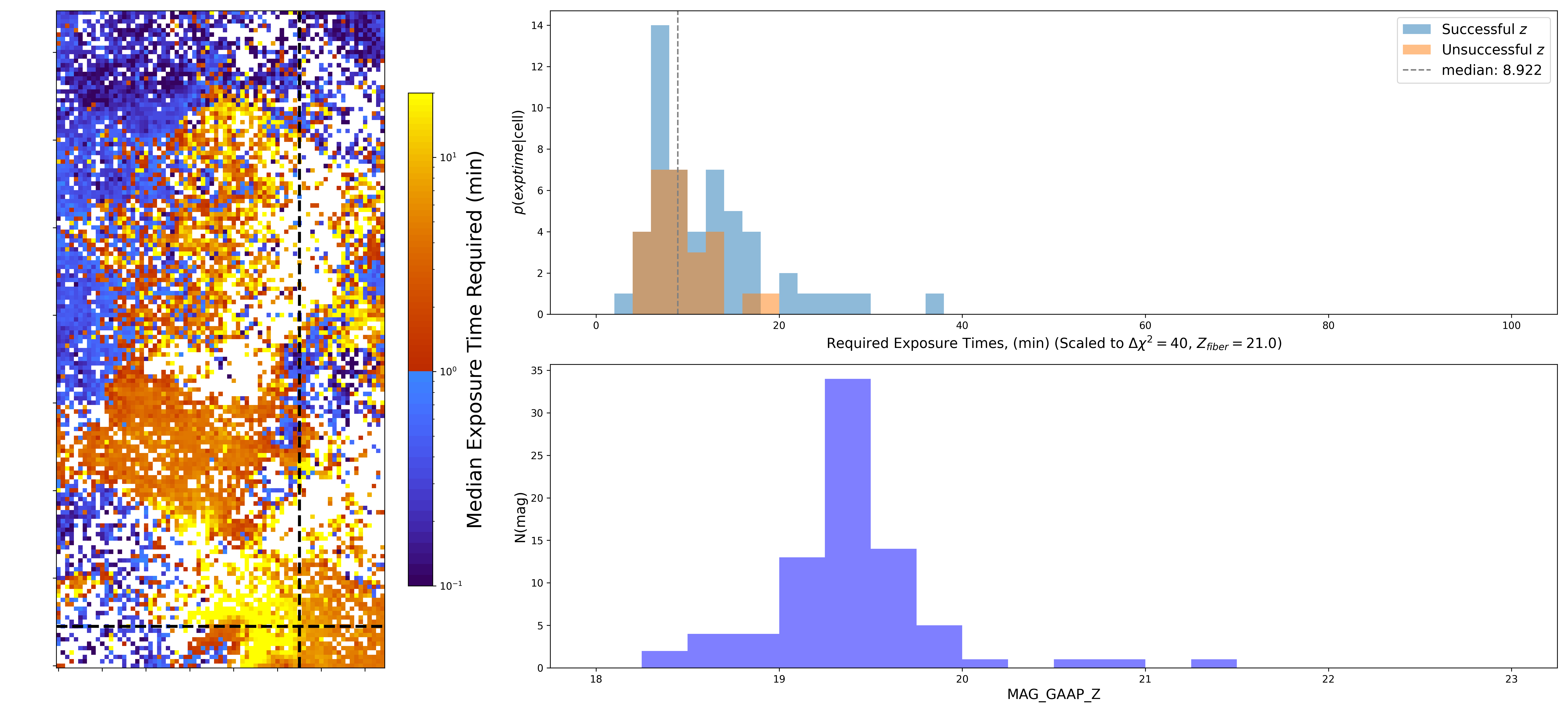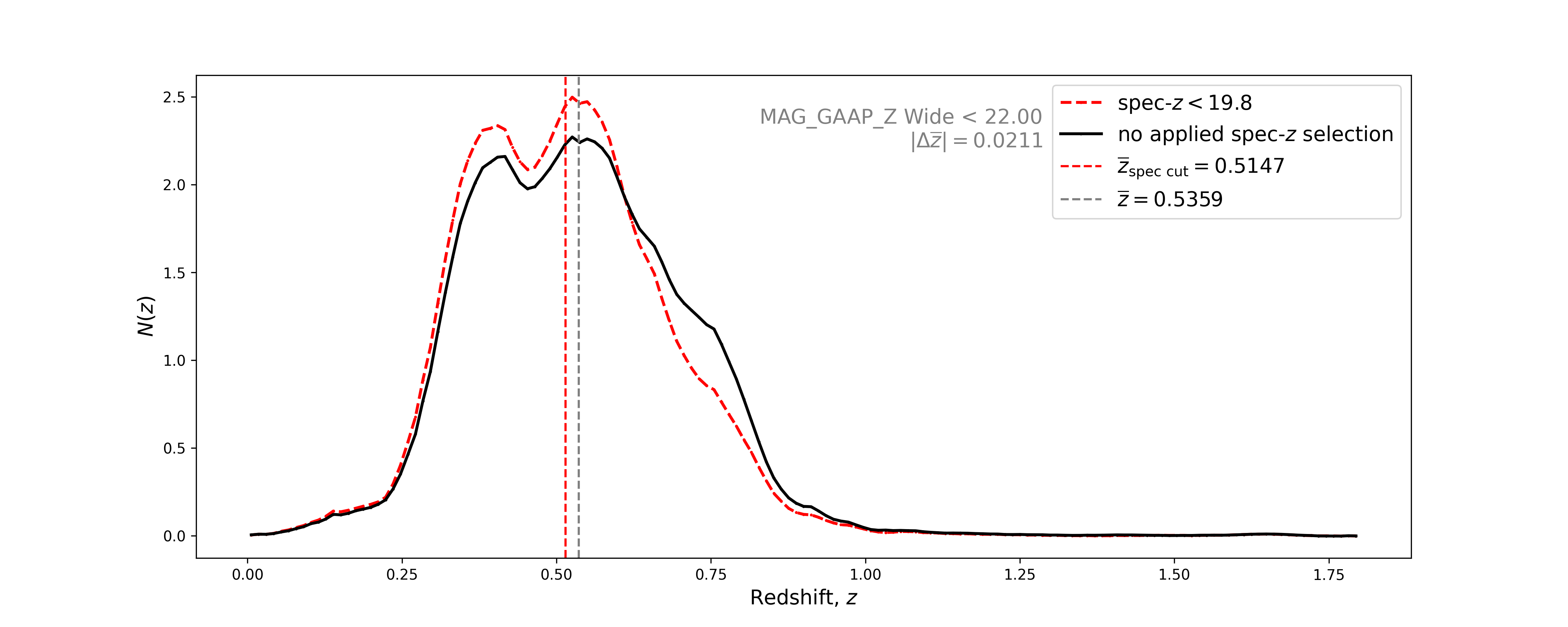About
Jamie is a postdoctoral researcher studying astrophysics and cosmology at Princeton, with her PhD from Stanford and Ludwig Maximilians Universität München (LMU). Her primary research interests are large scale cosmic structure with weak gravitational lensing surveys, and photometric redshift calibration. As part of the LMU Astrophysics, Cosmology, and Artificial Intelligence research group (ACAI), she substantially contributed to the Dark Energy Survey Y3 Analysis and is an active member in the Dark Energy Spectroscopic Instrument (DESI), and the 4-metre Multi-Object Spectroscopic Telescope (4MOST) collaborations.

ACAI at the Wendelstein Observatory
DESI Complete Calibration of the Color-Redshift Relation (DC3R2)
McCullough et al. 2024
Abstract
We present initial results from the Dark Energy Spectroscopic Instrument (DESI) Complete Calibration of the Color-Redshift Relation (DC3R2) secondary target survey. Our analysis uses 230k galaxies that overlap with KiDS-VIKING ugriZYHJKs photometry to calibrate the color-redshift relation and to inform photometric redshift (photo-z) inference methods of future weak lensing surveys. Together with Emission Line Galaxies (ELGs), Luminous Red Galaxies (LRGs), and the Bright Galaxy Survey (BGS) that provide samples of complementary color, the DC3R2 targets help DESI to span 56% of the color space visible to Euclid and LSST with high confidence spectroscopic redshifts. The effects of spectroscopic completeness and quality are explored, as well as systematic uncertainties introduced with the use of common Self Organizing Maps trained on different photometry than the analysis sample. We further examine the dependence of redshift on magnitude at fixed color, important for the use of bright galaxy spectra to calibrate redshifts in a fainter photometric galaxy sample. We find that noise in the KiDS-VIKING photometry introduces a dominant, apparent magnitude dependence of redshift at fixed color, which indicates a need for carefully chosen deep drilling fields, and survey simulation to model this effect for future weak lensing surveys.
Available data products
- The paper, arxiv, MNRAS
- The Astrobites summary, put together by Katherine Lee
- Cosmic Wrestling Match, press release from LMU
- To reproduce the figures in the paper, see the data and jupyter notebook available on Zenodo
- For spectroscopy access: See DESI's Early Data Release
- Data visualization widgets: Explore the data set in your browser to understand how color, redshift, and SED type are related, alongside exposure times and the effects of bias on photometric redshift inference. Note that this runs best in full screen and may take a moment to load on first viewing.
$ curl https://jmccull.github.io/DC3R2_Overview/
<title>Redirecting...Redirecting...


